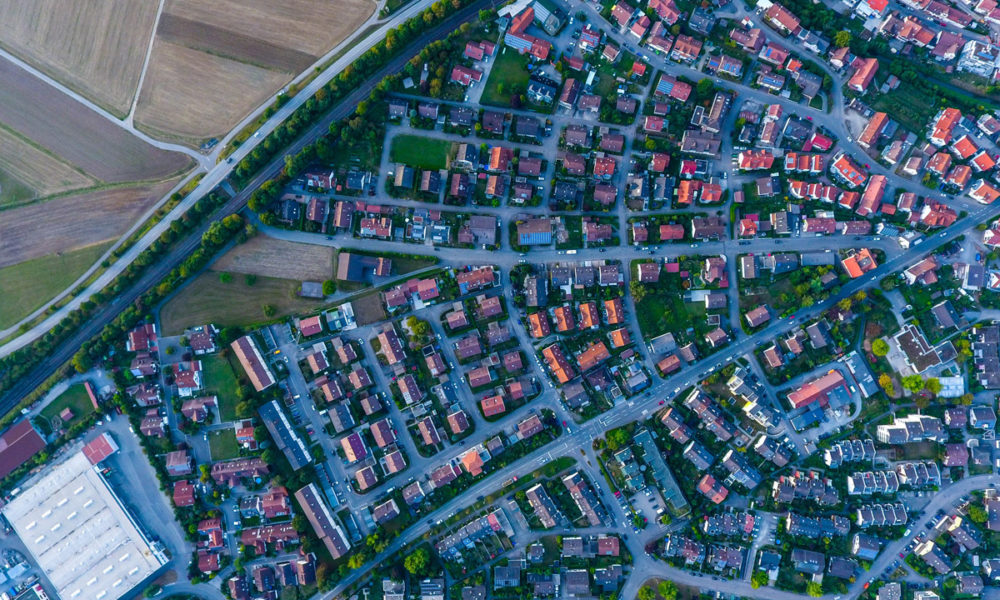Renewable energy generation from solar photovoltaics (PV) has come a long way since its inception over 60 years ago in New Jersey’s Bell Labs, thanks to an exponential decrease in installations costs (70% reduction since 2010), increased efficiency and power density of PV modules, and support from federal, state and local incentive programs. Today, more than 250,000 Americans work in the solar industry, leading the design and installation of systems that now account for nearly 40% of all new electric generation capacity.

As the Net Zero Energy Manager at the International Living Future Institute (ILFI), I work to certify Zero Energy projects that produce 100% of their annual energy use from on-site renewables. I work in our Seattle office, which is the Living Building Challenge Certified Bullitt Center. Pioneering projects like the Bullitt Center (which features one of the city’s largest customer solar arrays [244.38 kW]) have benefited from the increased affordability of distributed solar PV, as well as from production-based incentives, net metering programs, and cutting-edge financing models to help meet their energy performance targets.
Solar adoption has been especially successful in Washington State, which receives significantly more sunlight per year than Germany—a leader in global solar capacity. A 2013 article from the Washington Post addressed this commonly misunderstood fact about US solar potential:
Just about every single region in the continental United States has greater solar potential, on average, than Germany. Yet despite those limitations, Germany has still managed to be the world leader in solar power. At the end of 2012, the country had installed about 30 gigawatts of solar capacity, providing between 3 percent and 10 percent of its electricity. The United States, by contrast, has somewhere around 6.4 gigawatts of solar capacity.
Washington State is recognized as a national leader in low-carbon hydroelectric power generation, and has produced over $60 million in local economic activity from its state-wide solar incentive program, known as the WA Renewable Energy Cost Recovery Incentive Payment program. This production-based incentive program, which allocated up to $0.54/kWh for solar customers using Washington-made equipment, faced challenges as each electric utility grew closer to their annual limit of incentive dollars they could pay out. The limit, or “Incentive Cap,” was set at just 0.5% of their annual operating income, meaning the total amount of solar incentive dollars the utility could pay out to their customers each year could not be greater than one half of one percent of the utility’s annual revenue.
Due to phenomenally successful energy conservation programs, decreased electric consumption from winter heating loads (the new NW climate normal?), and new energy-efficient technologies in the marketplace, many electric utilities face stagnant, if not decreasing, annual energy consumption-ultimately limiting the amount of money that is available for solar incentive payments. In 2015, this limitation came to a head as several of the State’s largest electric utilities “hit their cap” and were forced to reduce incentive payments to all solar customers or close their solar programs to new participants. The incentive cap phenomenon sent shock waves throughout Washington’s solar industry, as payback periods for existing customers were impacted, prospective solar homeowners faced uncertain return on investment, and solar installation contractors were forced to lay off workers. In early 2017, a statewide grassroots agency gained momentum, spreading the message to “Keep Solar Strong”.
On July 1, 2017, a new Washington Solar Incentive Bill was signed by Governor Jay Inslee, which provides solar installers, existing and future solar customers with clarity around these incentive rates, the payback period / ROI, and is an important step for the future of distributed solar energy in the Pacific Northwest region. A recent Seattle Times article breaks down the inner workings of the new solar legislation, stating: “Under the new law, any residential solar project installed by June 2021 can receive incentives until 2030. Rates are lowered year by year, with a new customer locking in to a rate based on the year a system is installed. These payments continue for up to eight years until 50 percent of the cost of the system is paid off.” The table below outlines the new incentive tiers:
| Fiscal Year | Base Rate (Residential) |
Base Rate (Commercial) |
WA Bonus |
| 2018 | $0.16 | $0.06 | $0.05 |
| 2019 | $0.14 | $0.04 | $0.04 |
| 2020 | $0.12 | $0.02 | $0.03 |
| 2021 | $0.10 | $0.02 | $0.02 |
For the International Living Future Institute, this updated incentive program legislation is seen as an exciting step for future projects pursuing Zero Energy Certification, Energy Petal and full Living Building Challenge certification in Washington State. Project teams can claim these incentives from onsite solar PV generation, as well as net metering credits, the federal Solar Investment Tax Credit (30% of project cost credited back on the owner’s taxes), and commercial depreciation of the array for non-residential customers. These are all key resources to help make the financial case for projects pursuing ILFI’s certification programs, which are a great way to provide third-party verification of the building’s energy performance.
Solar power, battery storage, and smart distribution control technologies can be deployed across the US power grid to support and even benefit from Zero Energy buildings and communities. Non-profits and localized organizations operating in service to the community and the environment have the opportunity to lead the way toward a fossil fuel–free future. In Washington State, organizations like Spark Northwest (formerly known as NW SEED), Solar Washington, and carbon-neutral electric utilities like Seattle City Light have set their sights on equitable access in the clean energy economy. City Light, for example, recently launched a Solar Grant Program, providing important funds for nonprofits to go solar. With the current portfolio of resources available to power your building with renewable, solar energy, what (or who) is stopping the US from achieving the same level of climate leadership as Germany?



